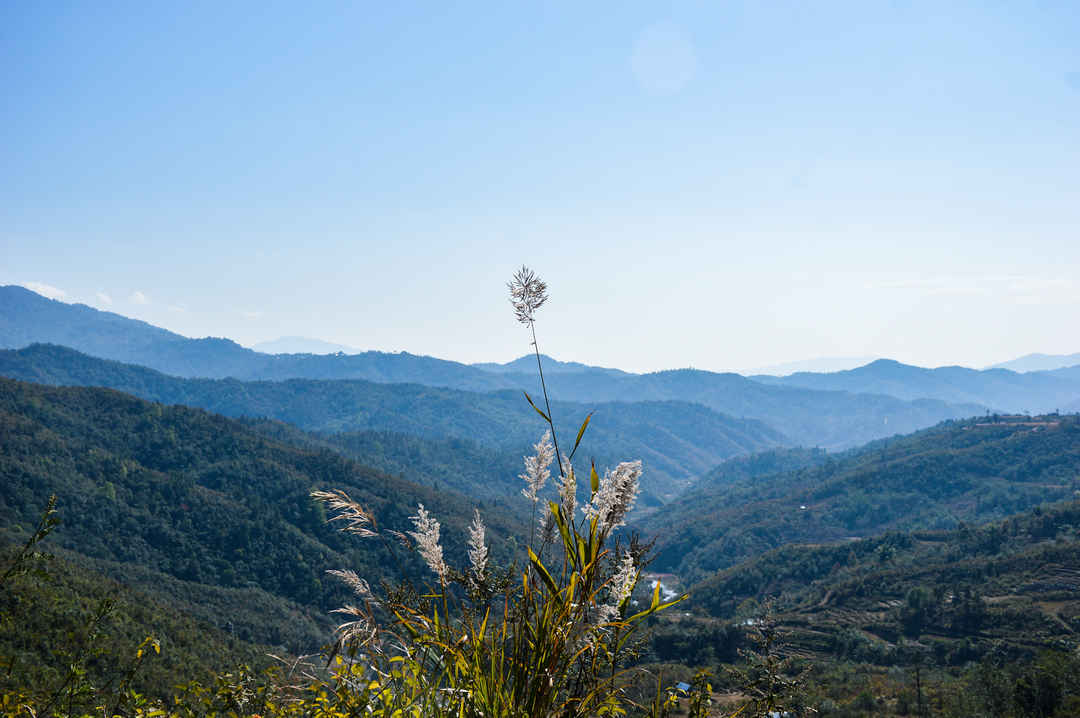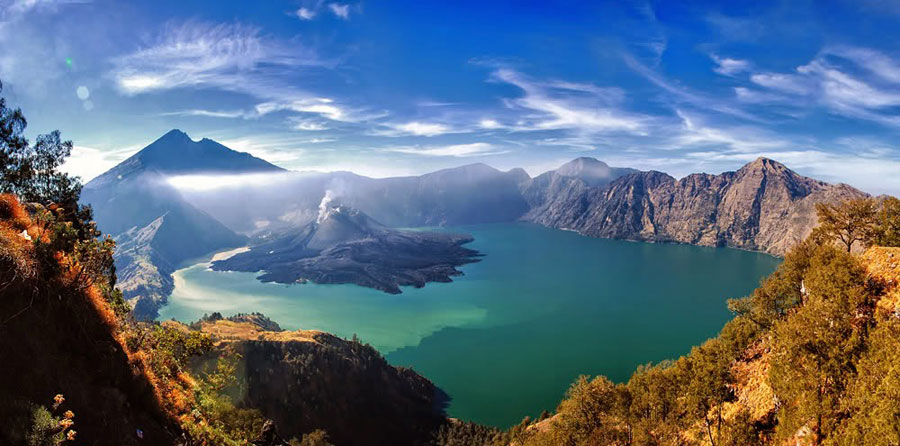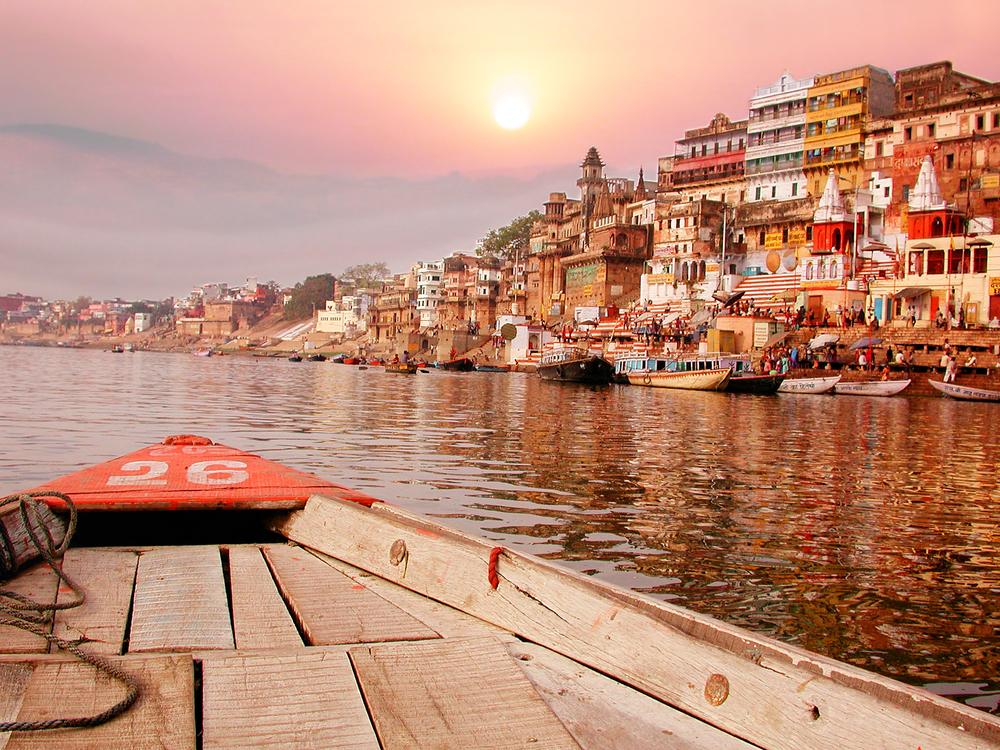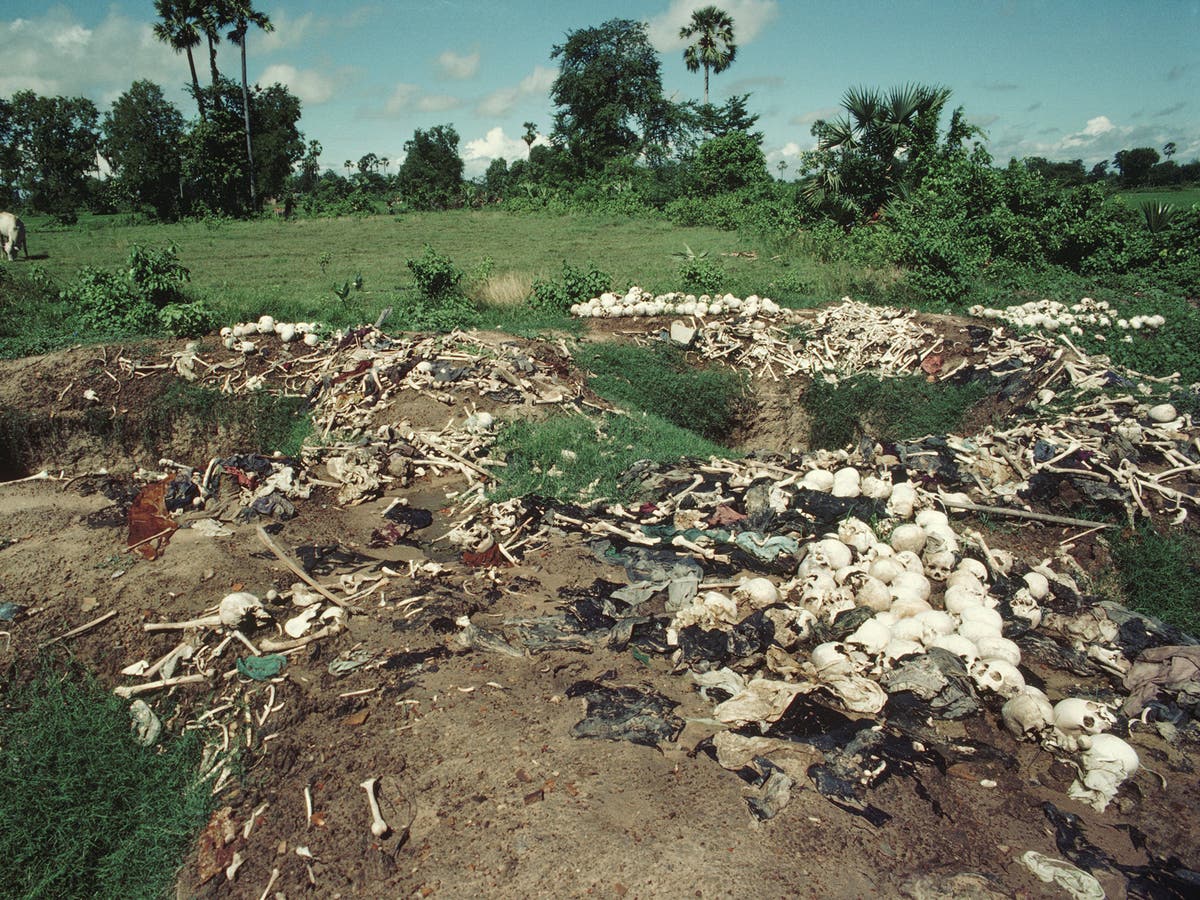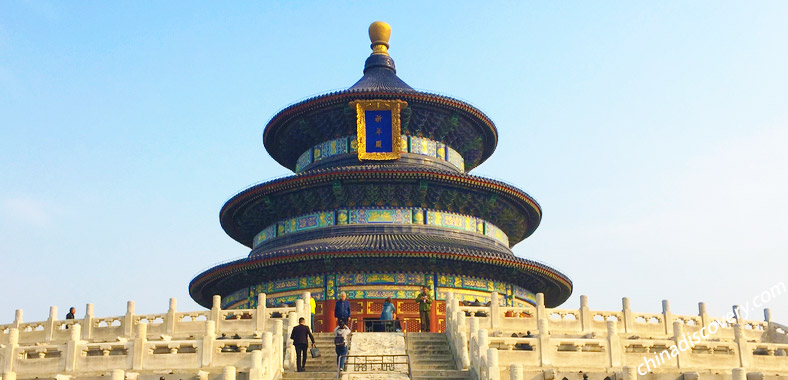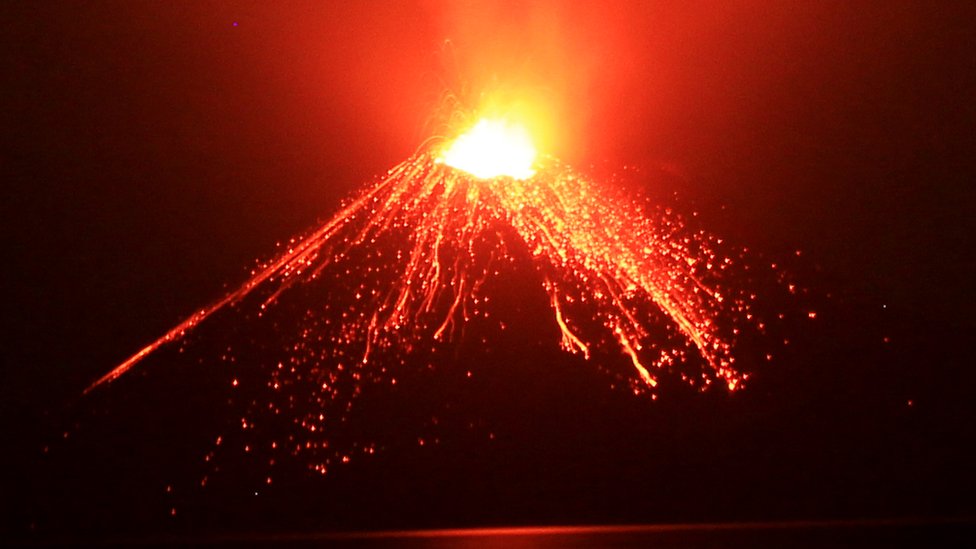There are so many Strange and Mysterious Places in Asia. Some of them got horrible stories, Some Exciting and some are Naturally So beautiful that no one can imagine. But I am here to describe 10 of them today. So Let's Start with Top 10 Strangest Spots in Asia:
1. Taklamakan Desert in western China
The Taklamakan Desert is located in western China and is one of the largest deserts in the world. The desert covers an area of over 330,000 square miles and is known for its hot, dry climate. The Taklamakan Desert is home to many different types of plants and animals, including the sand cat, which is a small, reddish-brown cat that lives in the desert. Read More>>
2. Zhangjiajie National Forest in central China
Zhangjiajie National Forest is one of the most beautiful and biodiverse forests in the world. It is located in central China and is home to a large variety of plant and animal species. The forest is also a UNESCO World Heritage Site.
The Zhangjiajie National Forest is an important part of the Chinese ecosystem and is home to many endangered species. The forest is also a popular tourist destination, as it is one of the most scenic areas in China. Read More>>
3. Imphal Valley in Manipur, India
The valley is drained by the Manipur River, which is a tributary of the Barak River. The Manipur River flows through the valley from north to south. The valley is home to the capital city of Manipur, Imphal. The city is located in the centre of the valley and is the largest city in the state.
The climate of the valley is tropical, with temperatures ranging from 20 to 30 degrees Celsius. The valley experiences three seasons: summer, monsoon, and winter. Summer is the hottest season, with temperatures reaching up to 40 degrees Celsius. The monsoon season starts in July and lasts until September. Read More>>
4. Mount Rinjani in Central Java, Indonesia
One of the most popular tourist destinations in Central Java is Mount Rinjani. Mount Rinjani is an active volcano that last erupted in 2010. The mountain is also the second highest volcano in Indonesia. Mount Rinjani is a popular destination for hikers and climbers from all over the world. The mountain has three crater lakes, which are popular tourist attractions. The mountain is also home to the Rinjani National Park, which is a popular tourist destination. Read More>>
5. The Ganges River in India
The Ganges is a sacred river to Hindus and is also a lifeline to millions of Indians who live along its course and depend on it for their daily needs. It is one of the longest rivers in the world and flows for over 2,500 kilometers through India, from the Himalayas to the Bay of Bengal. The Ganges is considered to be the most sacred river in Hinduism and is worshipped as the goddess Ganga. Millions of Hindus bathe in the river each day, believing that it will cleanse them of their sins. The river is also a major source of drinking water, irrigation water, and transportation in India. Read More>>
6. Tianmen Mountain in China
Tianmen Mountain is a popular destination for both domestic and international tourists. The mountain's cable car ride is the longest in the world, and the Tianmen Cave is a popular spot for photos and sightseeing. Tianmen Mountain is also home to a number of temples and shrines, making it a popular destination for religious pilgrims.
Whether you're looking for dramatic landscapes, world-class attractions, or a spiritual pilgrimage, Tianmen Mountain is worth a visit. Read More>>
7. The Khmer Rouge Killing Fields in Cambodia
By April 1975, a Communist gathering known as the Khmer Rouge, driven by Pol Pot, held onto control of Cambodia, renaming the country Democratic Kampuchea. Nationwide conflict had existed in Cambodia beginning around 1970. Somewhere in the range of 1970 and 1973, during the Vietnam War, the United States besieged a large part of the wide open of Cambodia and controlled Cambodian legislative issues to help the ascent of West Lon Nol as the head of Cambodia. The Khmer Rouge utilized the United States' activities to enlist adherents and as a reason for the merciless arrangements they practiced when in power.
The Khmer Rouge's policies were directed by its conviction that the residents of Cambodia had been corrupted by openness to outside thoughts, particularly by the industrialist West. The Khmer Rouge aggrieved the informed — like specialists, legal advisors, and current or previous military and police. Christian, Buddhist and Muslim residents likewise were explicitly focused on. With an end goal to make a general public without contest, in which individuals worked for a long term benefit, the Khmer Rouge set individuals in aggregate living game plans — or cooperatives — and established "re-training" projects to energize the collective way of life. Individuals were separated into classifications that mirrored the trust that the Khmer Rouge had for them; the most dependable were designated "old residents." The support of West and city occupants started as "new residents" and could climb to "deportees," then "applicants" lastly "full privileges residents"; in any case, most residents won't ever climb. The people who denied re-training were killed in the fields encompassing the collective or at the notorious jail camp Tuol Sleng Center, known as S-21. North of four years, the Khmer Rouge killed more than 1.7 million individuals through work, starvation and torment. Read More>>
8. The Temple of Heaven in Beijing, China
The Temple of Heaven is a temple complex located in Beijing, China. The complex was constructed between 1406 and 1420 during the reign of the Yongle Emperor, who was also responsible for the construction of the Forbidden City and the Great Wall of China. The Temple of Heaven was designed to be the emperor's sacrificial temple, where he would offer sacrifices to the gods and pray for good harvests.The temple complex is surrounded by a large park, and it is considered one of the most beautiful and serene places in Beijing. The main buildings of the complex are the Hall of Prayer for Good Harvests, the Imperial Vault of Heaven, and the Circular Mound Altar. The Hall of Prayer for Good Harvests is a three-tiered wooden structure with a blue-tiled roof. It is the largest building in the complex, and it is where the emperor would pray for good harvests. Read More>>
9. The Krakatoa Volcano in Indonesia
The Krakatoa volcano in Indonesia is one of the most dangerous volcanoes in the world. It is located in the Sunda Strait between the islands of Java and Sumatra. The Krakatoa volcano is part of the Ring of Fire, a belt of volcanoes around the Pacific Ocean. The Krakatoa volcano is a stratovolcano, which means it is made up of layers of lava, ash, and rock. The Krakatoa volcano last erupted in 1883. The eruption was so powerful that it caused a tsunami that killed more than 36,000 people. The Krakatoa volcano is still active and is monitored by scientists. Read More>>
10. The Great Wall of China
The Great Wall of China is one of the most iconic structures in the world. The wall was built over 2,000 years ago to protect the Chinese empire from invaders. The wall is over 13,000 miles long and is one of the most popular tourist attractions in China. Read More>>



